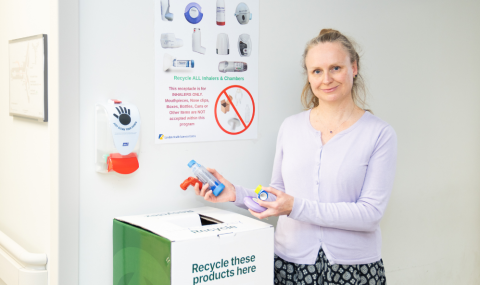Stomach, Liver, Gallbladder, Pancreas and Bowels
The GI system contains all of the organs we need to take in nutrients and eliminate waste. The mouth is connected to the stomach by a passage called the esophagus. The stomach does not absorb a lot of nutrients, but it helps to start breaking them down by churning and adding chemicals that break down the food.
From the stomach food travels into the small bowel, or intestine. This is where most nutrients are absorbed. The liver makes a substance called bile that is released as needed into the small bowel through the gallbladder. The pancreas also makes substances that help break down food so the body can use it. It also creates insulin that helps keep our blood sugar in a normal range.
After having most of the nutrients absorbed in the small bowel, the large bowel then takes back most of the water from the digested food. The large bowel also contains a lot of bacteria that make some vitamins that our body needs. After the water and remaining vitamins and minerals have been absorbed, the now-digested food is eliminated as feces.
The liver, gallbladder, and pancreas all help with digestion, but do other things for the body as well.
Diagnostic Tests and Monitoring


